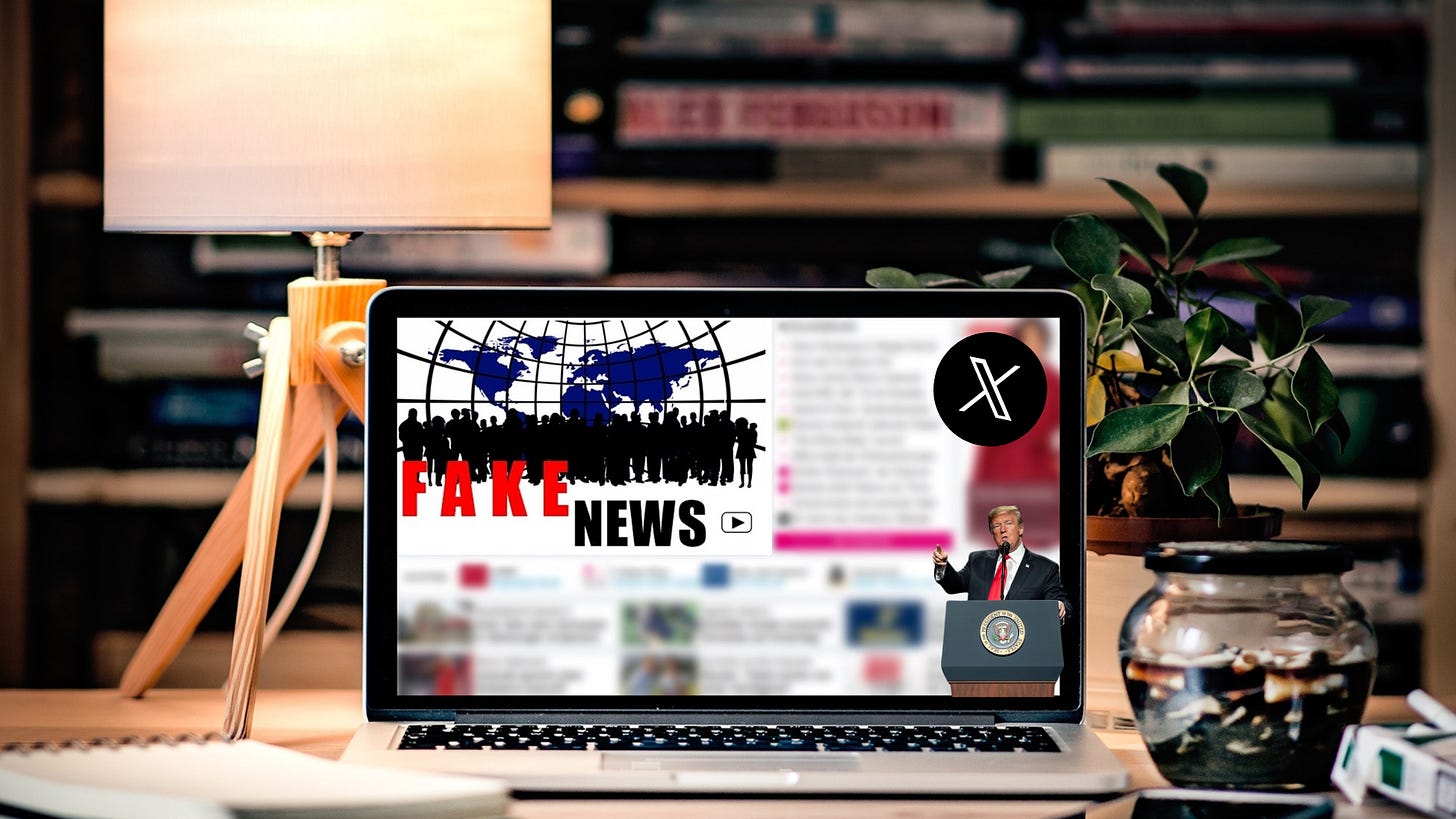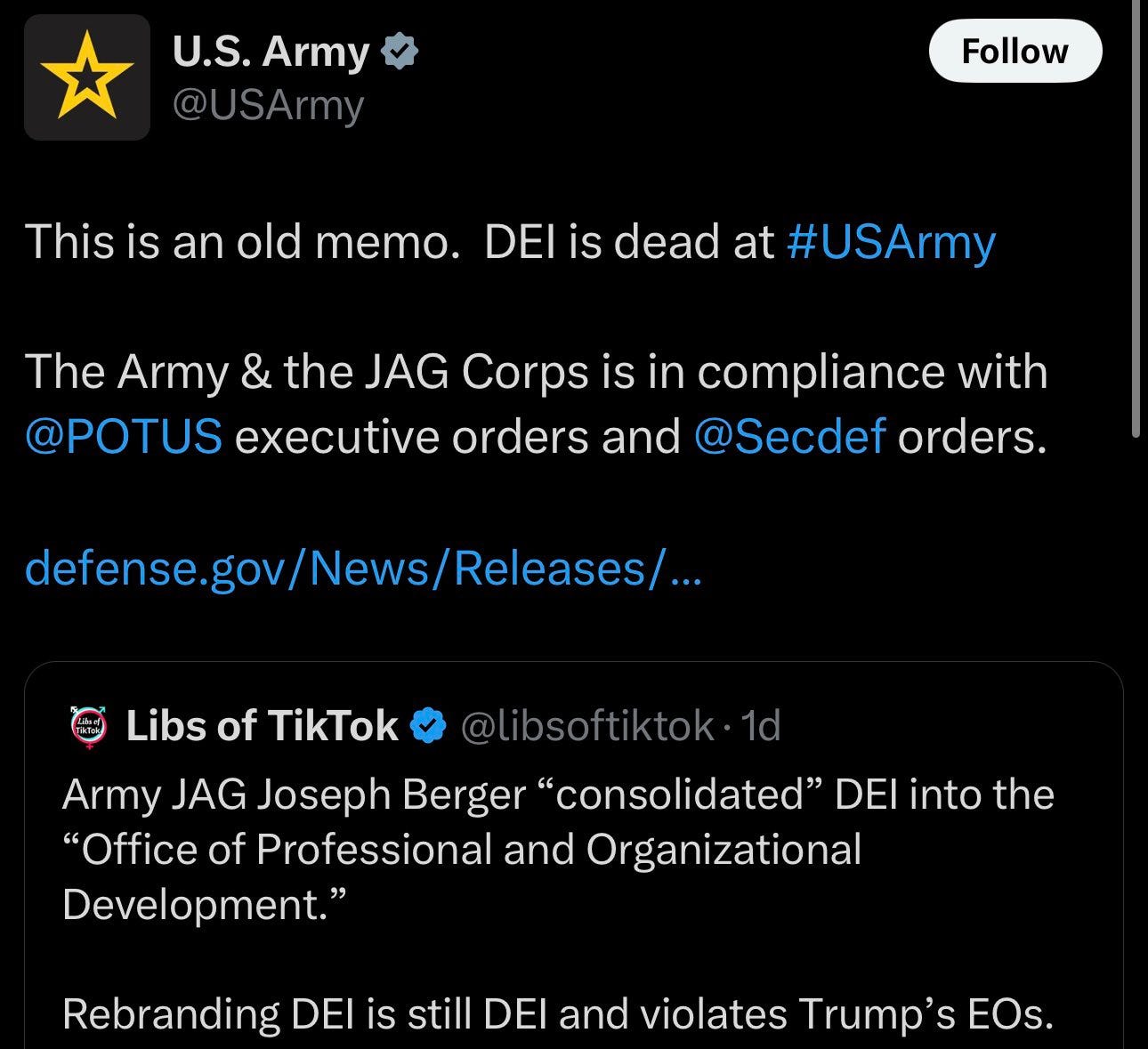How Trump’s government uses disinformation to garner support for policy
Breaking down how government officials use social media to spread misinformation and disinformation regarding their policy decisions
Nearly a month into President Donald Trump's new administration, misinformation and disinformation from federal officials have reached unprecedented levels.
Two false claims circulating widely on TUT’s social media pages include Trump’s assertion that USAID spent $50 million on condoms for Gaza and the claim that former President Barack Obama established an efficiency department akin to Elon Musk’s Department of Government Efficiency. While misinformation on social media is not new, the spreading of it from federal government accounts complicates efforts to counter false narratives.
In one instance, the U.S. Army's official X account retweeted a post from "Libs of TikTok," a right-wing account known for spreading disinformation, including Trump’s claim that Haitians are ‘eating dogs and cats’ back in the presidential debate on Oct 1.
The White House has also escalated attacks on news organizations working to debunk disinformation. Just last week, the White House barred the Associated Press from events at the Oval Office after the outlet refused to change its style guide from “Gulf of Mexico” to “Gulf of America,” raising concerns about press freedom and the growing influence of government over media narratives.
Amid these challenges, the White House is reinforcing the use of social media by allowing handpicked social media influencers to participate in press briefings—a first in U.S. history. This decision comes at a time when trust in journalism is at an all-time low and right-wing creators are filling in the gap that legacy media is leaving in the news industry.
A Pew Research Center survey found that right-leaning news influencers are more prevalent than their left-leaning counterparts (27% vs. 21%), and one in five Americans now gets their news primarily from social media. The problem is worsened by changes on X (formerly Twitter) under Elon Musk, whose algorithm adjustments have been amplifying right-wing narratives, as TUT previously reported, and Meta, who plans to remove its fact-checking guardrails soon.
As disinformation continues to blur the lines between truth and falsehood, the role of credible news sources becomes more crucial than ever. However, digital journalists and news influencers have the power to counter false narratives from the White House by promoting fact-based reporting and fostering critical media literacy among their audiences. In an era where disinformation threatens democratic discourse, transparent, accurate, and accountable communication is now more important than ever.
In the words of Elon Musk, “Some of the things that I say will be incorrect and should be corrected.”
Editors’s Note: This newsletter has been switched to a bi-weekly format to adapt to the rapid pace of the news cycle. Thank you for your support!




The terrible thing about what's happening with disinformation and misinformation with the government now is that when it comes to finding reputable sources, people will say it is reputable because it comes from a government agency. This ends up discrediting REAL sources that are backed by actual research and several other sources that are reliable. The research previously done by previous administrations are now being questioned just because it doesn't fit the narrative of the current administration. As all scientist know, you need to test something several times to come up with a theory. This administration is all about their own hypothesis without going through any means to get their theories.